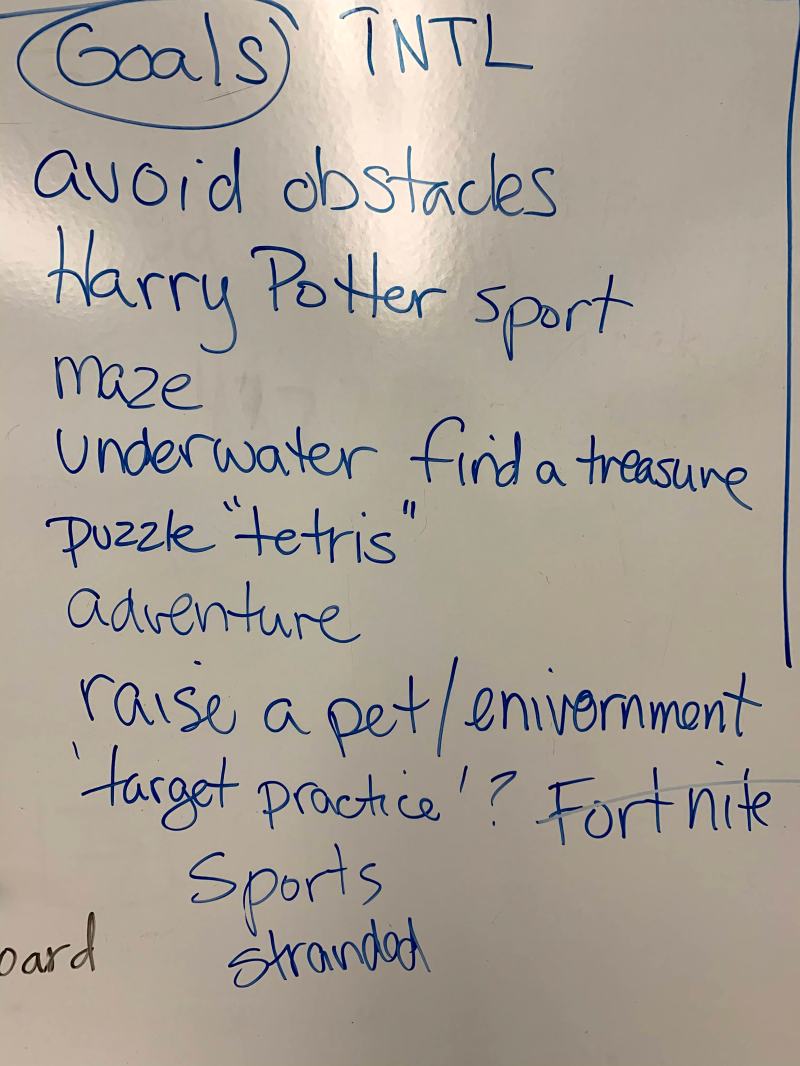Last week I took my Code Club virtual as we are all trying to do in education during this time of the Covid-19 pandemic. Here’s what I did:
I created a Google Classroom and invited all my Code Club members to join. I created my first post, added the materials, created a short video of me introducing the concept and emailed it all out to all the parents.
Our first lesson was Virtual Pet – here is my lesson Virtual Code Club #1. I kept the format the same as our in-person meeting – Greeting, Discussion, Learning Objective, Project information. I added some links to former Code Club project examples and posted it as material in my Classroom. I didn’t want this to be an assignment with a grade or due date. This is for fun.

The majority of my Code Club has accepted my invitation, including my middle-school helpers. Parents emailed back and were thankful and very much appreciated the idea of Code Club continuing. I had a few student comments of “This is fun” and one student who got stuck but then figured it out before I could help him out. It went like this:
S: I tried this and it didn’t work.
S: What should I do?
S: Oh wait, it’s working now.
Me: What a great example of debugging. Keep testing and trying options. Let me know how it goes.
S: It’s working perfectly now.
My students are young, 9-10 years old, and most of them use Scratch offline versions – like I use with them at school, so I can’t see their projects. That is one of the toughest parts of virtual for me. I’m not getting to see their projects. A lot of them are learning quickly about Classroom and virtual meetings with their class through Meet or Zoom. Eventually, we may do this as well (and I can wear my Scratch cat earrings again).
Today I got an email about #ScratchAtHome from Scratch In Practice. I will see what support they have and perhaps they’ll have some suggestions for sharing project files and other learning opportunities for my students to be creative with Scratch.
I’m working on this week’s virtual code club project: Flappy Parrot – one of my favorites. Then I may need to figure out a way to take my Library Code Club virtual, too.
Stay safe and wash your hands.









